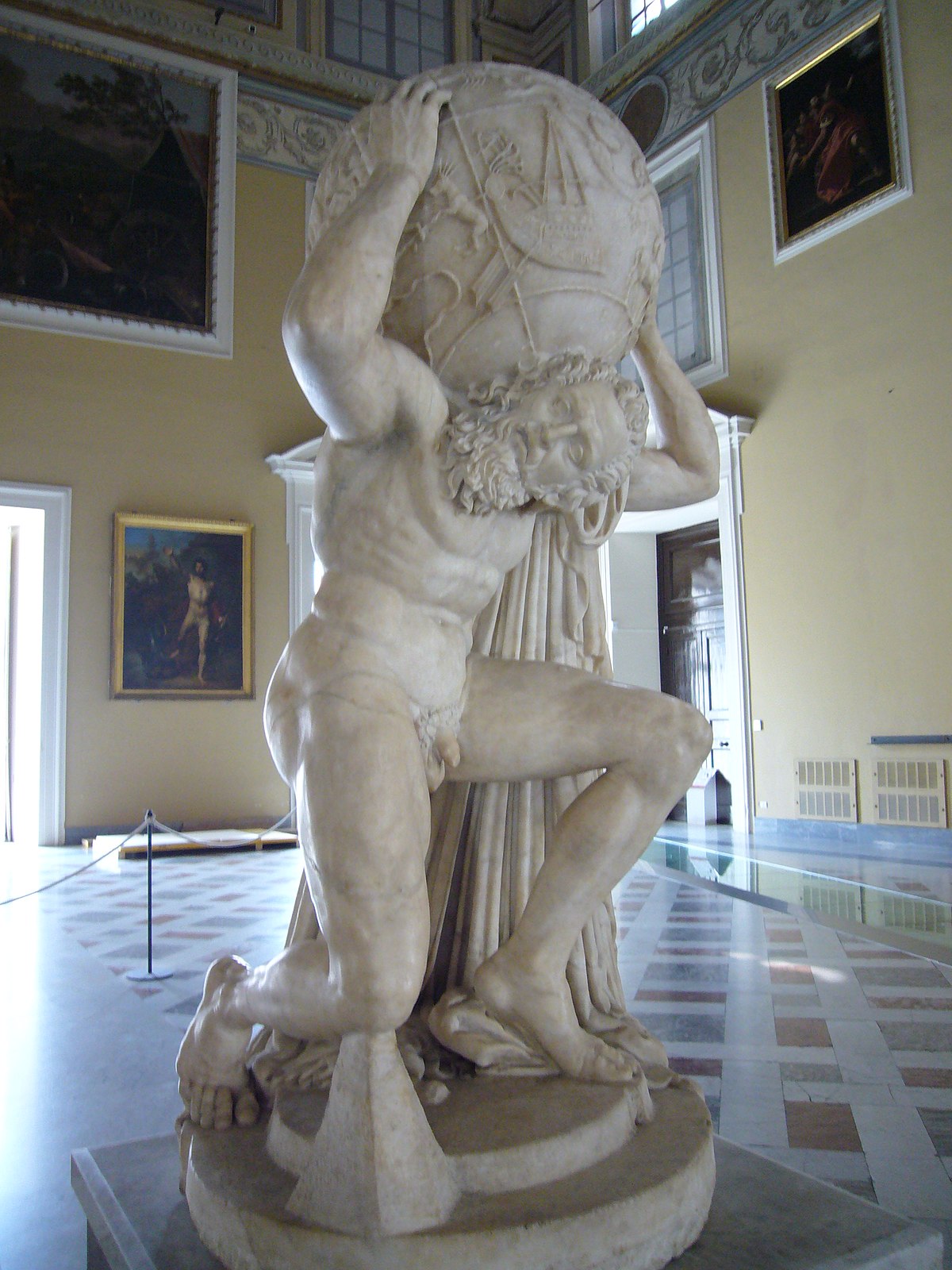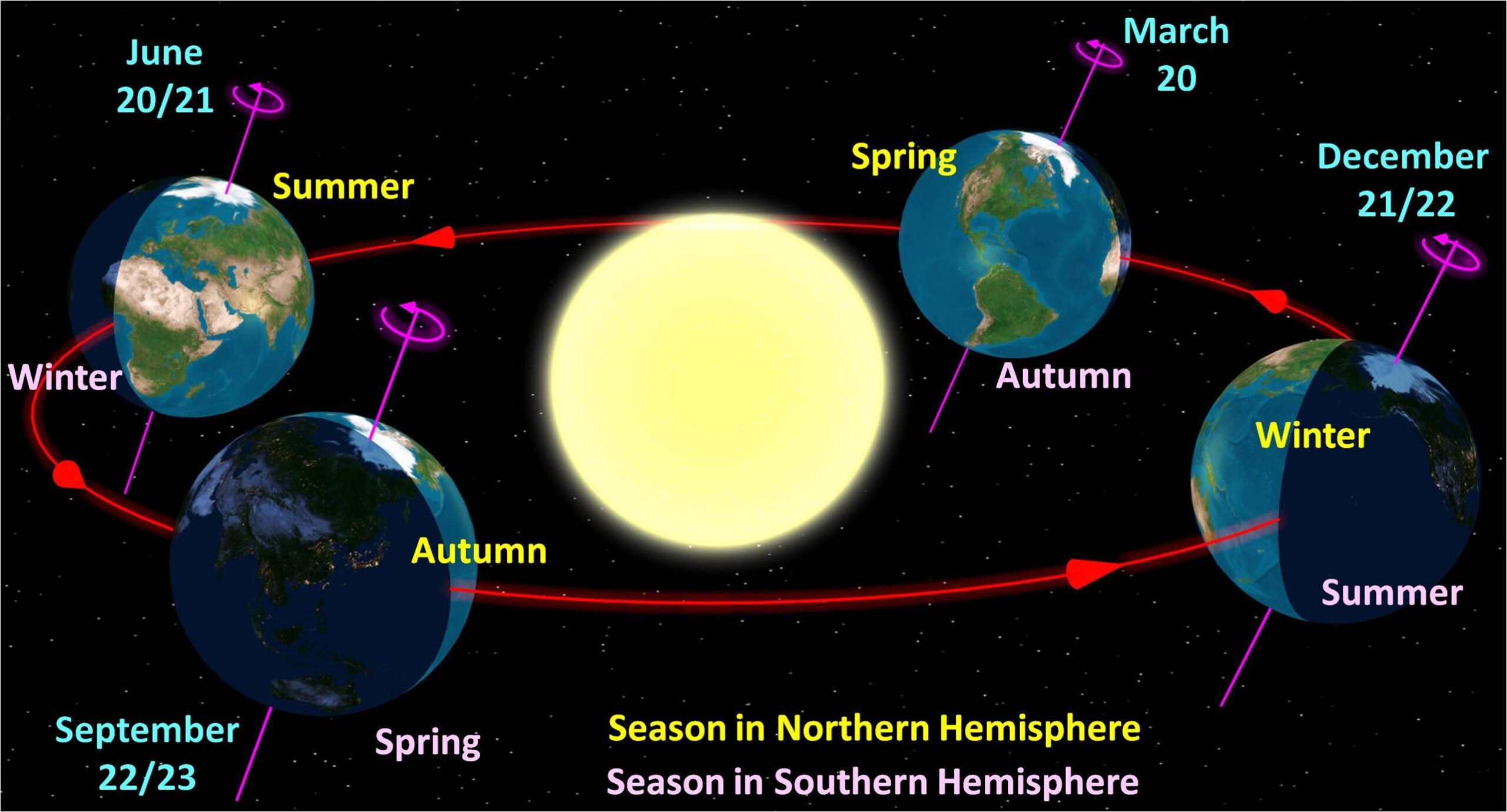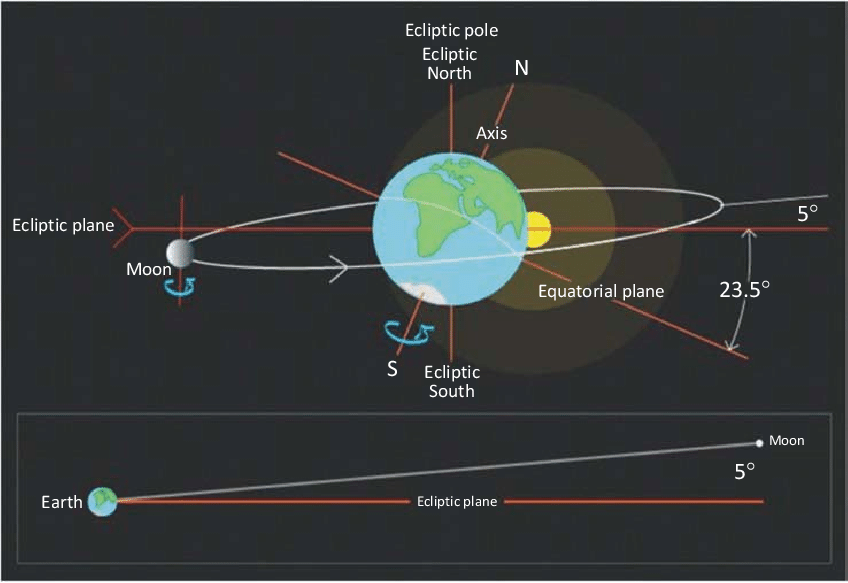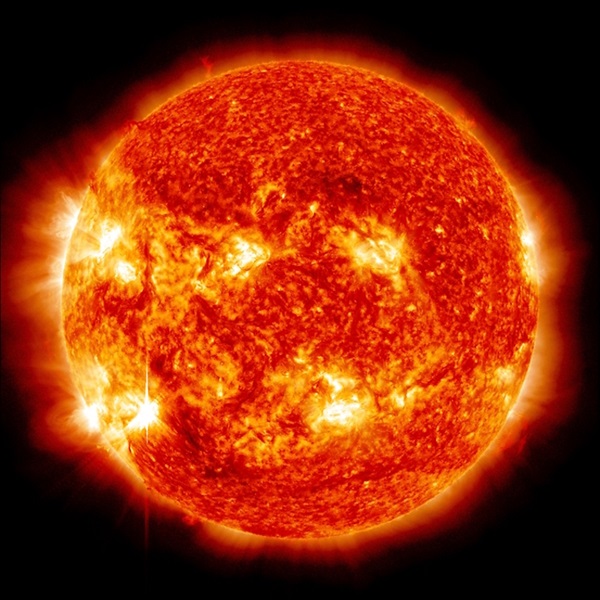Astrology is not recognised as a science but there is no denying that the ancients' knowledge of the cosmos eventually gave rise to the understanding of the Solar System in modern astronomy.
The Earth, Sun and planets orbit the centre mass of the Solar System. 'Orbit' describes the path of one celestial body around another.
The Earth orbits the Sun and rotates about its own axis every 24 hours. The Sun's gravity keeps the Earth in its orbit. Similarly, the Moon orbits the Earth every 28 days and is kept in orbit by the pull of Earth's gravity.

The Moon seems to move against the stars about 13 degrees each day. The changing position of the Moon in relation to the Sun causes lunar phases.
The horizon line
the horizon is the invisible line where land meets sky and it was used in ancient civilisations, and in horizon-line astronomy, to map the movements of the cosmos. As the Earth is perceived as a sphere, of which the sky is half, the horizon extends into space onto the celestial sphere, and is used for astronomical measurement.
Earth-centric astrology
The Ancient Greeks believed that the Earth rested on the shoulders of the giant Atlas at the centre of the cosmos.

The Ancient Greeks believed that the Earth was the centre of the universe and their scholars assumed that the Sun, Moon, and stars orbited the Earth. The planets were thought to move around the Earth in a clockwise direction and it was believed that the Earth was motionless because no one could feel it moving. The stars appeared to move around the Earth daily, which made the theory of a static-centralised world even more convincing. The early Christian Church accepted the theory as the Bible suggested that the Sun was constantly moving, while the Earth stayed still.
Changing world view
Since the work of Galileo and Copernicus in the 16th century, it has been widely accepted that the Sun is the centre of the universe. There still remain some people, however, who stick to the idea of an Earth-centred universe, and astrology is based on this perspective.
Earth's orbit
The Earth is the third planet from the Sun and the fifth largest in size in the Solar System. It is not a perfect sphere but is flattened at the poles and the speed of its orbit around the Sun changes. It moves fastest when closest to the Sun in early January.
Seasonal movements
The seasons are caused by the tilt of the Earth's axis of rotation. When the Earth is at a certain place in its orbit, the northern hemisphere is tilted towards the Sun, experiencing summer.

Six month later, the Earth is on the opposite side of the Sun and the northern hemisphere is tilted away from it, now experiencing winter. The seasons are reversed for the southern hemisphere. The slow change in the orientation of the Earth's orbit and a variation in its tilt over long periods, affects the climate.
Moon's orbit
The Moon is the Earth's satellite and is seen as the brightest object in the night sky. Its orbit around the planet is approximately circular, tilted at about 5 degrees. The Moon moves anticlockwise around the Earth, which is the same direction that the Earth rotates.

The combination of the Moon's size and distance from Earth causes the satellite to appear to be the same size in the sky as the Sun, which is why the planet can experience total solar eclipses. The same side of the Moon always faces the Earth, as it takes the Moon the same time to rotate its own axis as to orbit the Earth once.
Planet-sized satellite
All the planets, except Venus and Mercury, have moons, but the Earth's Moon is bigger than Pluto! The Moon also has a dark half and a lit half at any point during its orbit.
Sun facts
The Sun is an average-sized star, although it is the largest object in the Solar System, and about 4.6 billion years old. All stars in the galaxy rotate around the centre of the Milky Way, as a huge amount of matter there acts as a gravitational centre. Stars at the centre have a shorter orbital period than those farther out.
The Sun is in the outer part of the galaxy and orbits the centre of the Milky Way once every 225 million years. This period of time is called a cosmic year. The Sun has orbited the galaxy more than 20 times during its 5 billion-year lifetime. It sometimes orbits the galactic centre in a loop to one side.
Tilted Orbit
The Sun's gravitational pull on the Moon sometimes causes the Moon to speed up or slow down in its orbit
